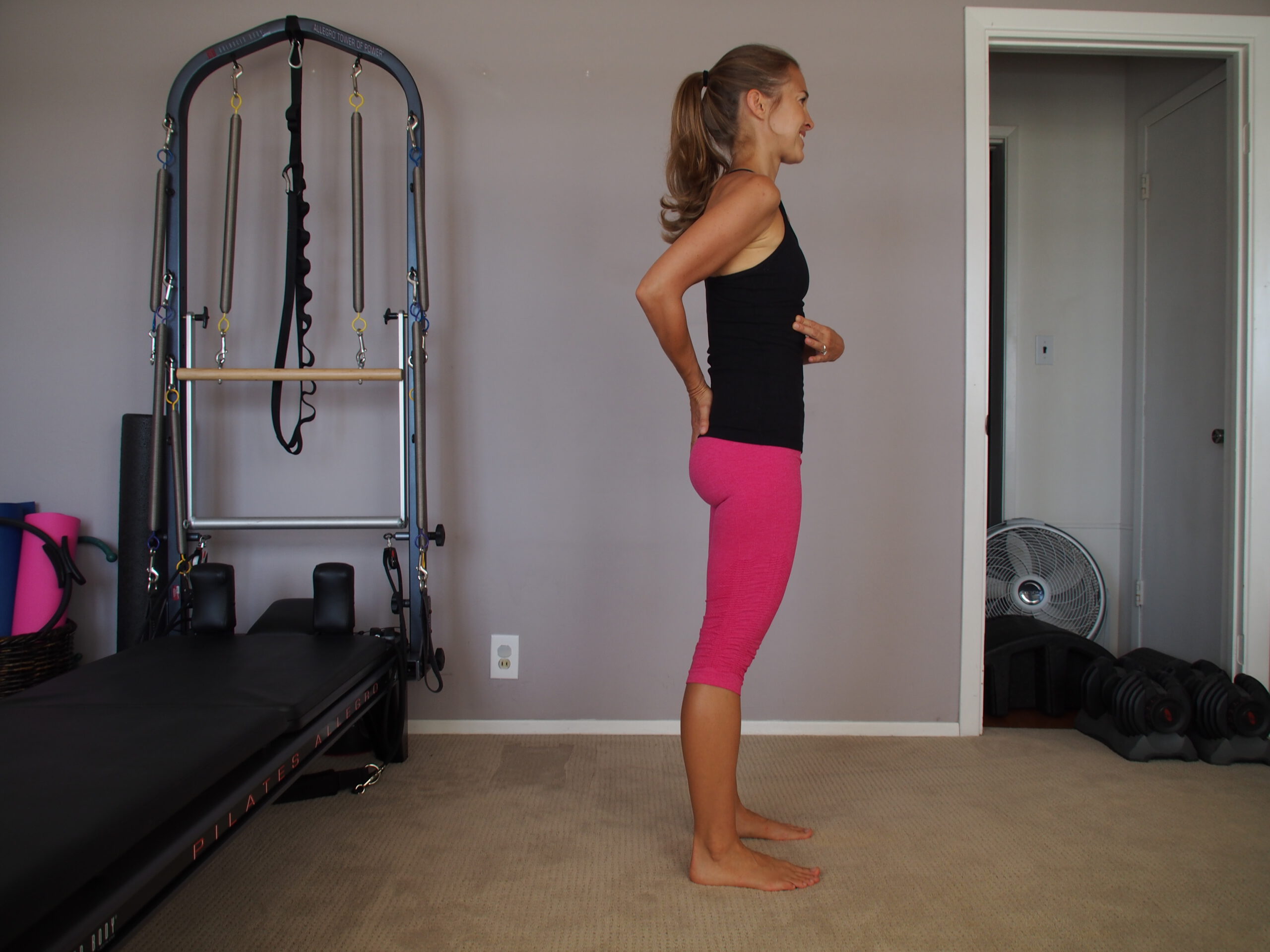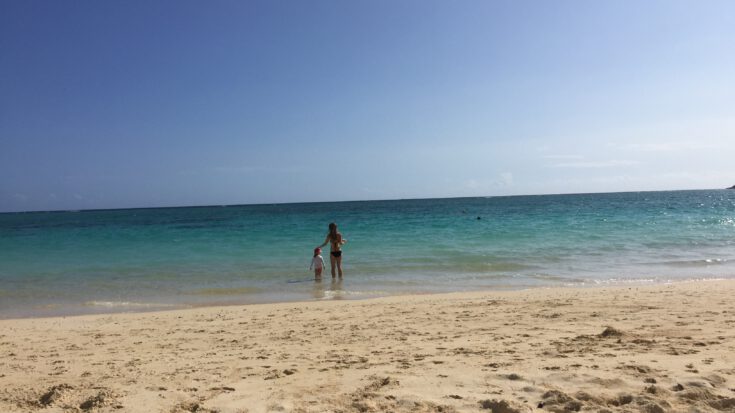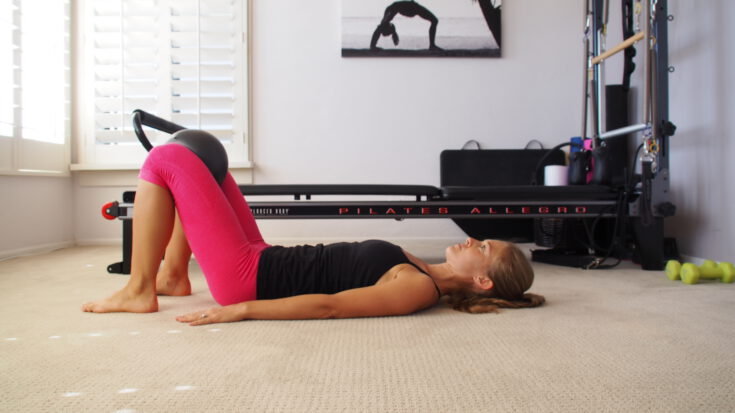Scoliosis is defined as a sideways curvature of the spine. A true “scoliosis” has a measurable degree of curvature upon X-ray, and generally develops during the growth spurt before puberty. The biggest problem with scoliosis is the imbalance and asymmetry of the spine, pelvis and surrounding musculature. While a few people do need surgery to correct this, most people instead live their lives with complaints of back pain, stiffness, hip pain and sometimes headaches and knee pain.
There are also many situations that can cause an abnormal curvature of the spine that, while not actually diagnosed as scoliosis, cause similar symptoms and issues. These include asymmetrical sports such as tennis and golf, surgeries on the spine and pelvis that cause limited movement in the joints, and chronic pain from other conditions. They aren’t true structural scoliosis’, but these folks have developed a functional type of curvature in the spine from their backgrounds and activities. On the flip side, many people have been told in their lifetime that they have scoliosis, when really they have some kind of asymmetry in the pelvis, hips or back musculature that make it look like scoliosis, but isn’t a true scoliosis.
To tell you the truth, I’m not sure if it actually matters what your “label” is. If you have an imbalance anywhere in your spinal movement or surrounding muscles, my goal for you is the same – to lengthen the areas that have become short, to strengthen the areas that have become weak and to gain movement in the areas that are immobile. By doing that, the body will begin to balance itself again, and over time proper form and position of the spine can be achieved. This doesn’t mean we can “cure” your scoliosis or completely eliminate any abnormal curvature you have, but it DOES mean there is hope to decrease the curvature and balance your body, strengthen you and decrease your pain! It takes time, consistency and patience, but it is possible!
My absolute favorite tool to use for my patients with improper spinal movement or abnormal spine positions is Pilates. It encourages the “stuck” areas to move and the weak and loose areas to strengthen. It opens up the closed places and gets life into joints that maybe have forgotten how to move. The exercises just lend themselves perfectly to proper movement of the spine, and then the muscles can be retrained from there. I explain it as giving yourself a massage and chiropractic adjustment through gentle exercise and movement. With my patients, I encourage a lot of repetitions of these exercises, because we really are retraining and educating the body on proper movement. You aren’t just building up muscle or forcing your way into tight places – you are learning an entire new way to move.
The routine below is a compilation of some of the things I have my clients do when working on scoliosis or other spinal imbalances. It’s actually great for anyone, and especially those who feel a little tight through their back and hips, or feel “off” from their right to left side. Take your time and, again, be consistent! As always, talk to your doctor before starting a new exercise routine and always stop if you have pain. Please let me know if you have any questions and how this routine works for you!



